Home>Technology>Smart Home Devices>How To Clear Printer Memory
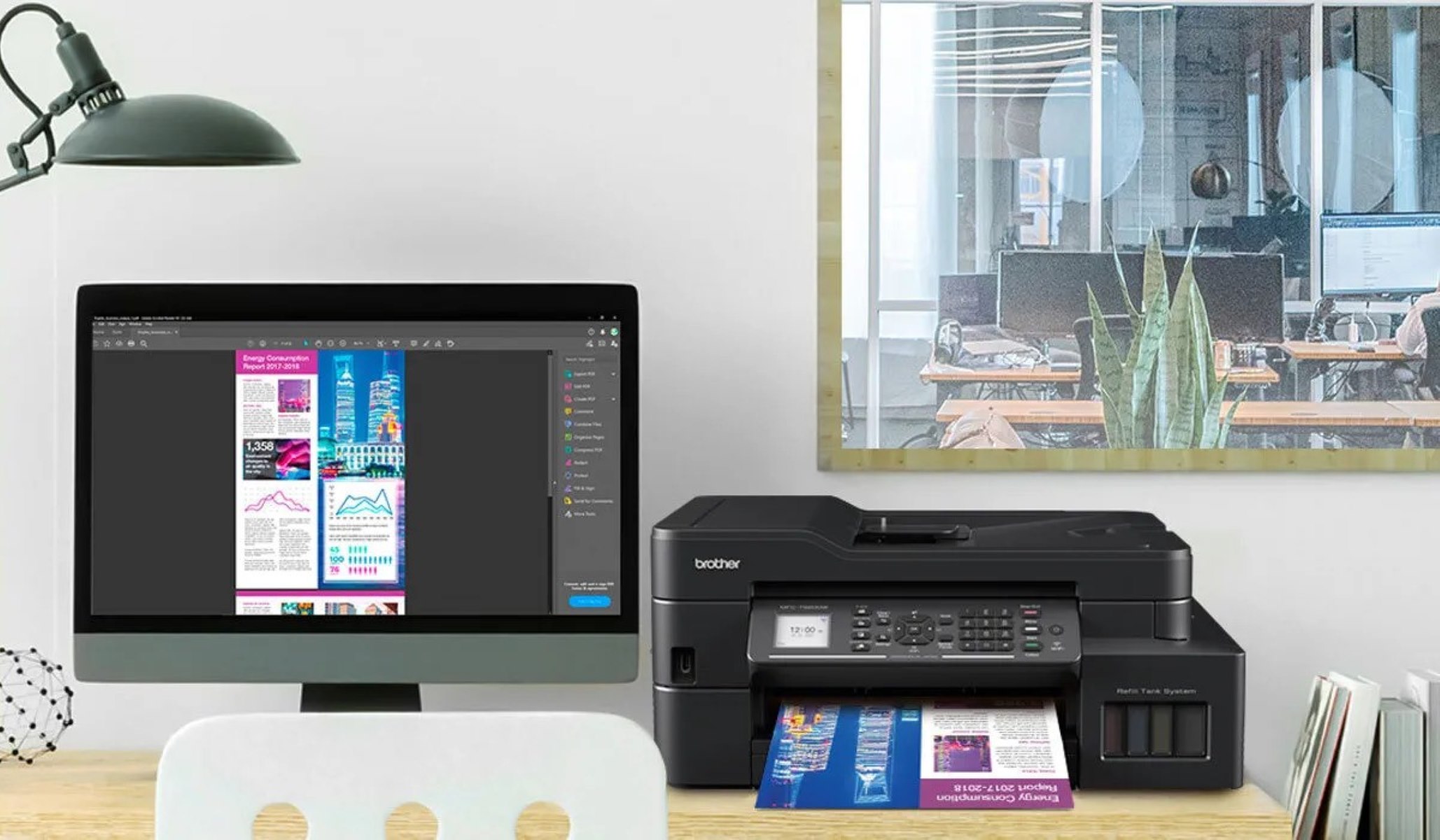

Smart Home Devices
How To Clear Printer Memory
Published: January 8, 2024
Learn how to clear printer memory on your smart home devices with our easy step-by-step guide. Keep your printer running smoothly and efficiently.
(Many of the links in this article redirect to a specific reviewed product. Your purchase of these products through affiliate links helps to generate commission for Storables.com, at no extra cost. Learn more)
Introduction
Welcome to the digital era, where smart home devices have become an integral part of our daily lives. Among these devices, printers play a crucial role in transforming digital content into tangible outputs. However, as with any digital equipment, printers utilize memory to store data and perform various tasks. Understanding how to manage and clear printer memory is essential for maintaining optimal performance and ensuring data security.
In this comprehensive guide, we will delve into the intricacies of printer memory, exploring its functions and the potential implications of unmanaged memory. Furthermore, we will provide a detailed walkthrough of the steps to clear printer memory, empowering you to optimize your printing experience and safeguard sensitive information. Whether you are a seasoned tech enthusiast or a novice user, this article will equip you with the knowledge to navigate the realm of printer memory with confidence.
Key Takeaways:
- Regularly clearing your printer’s memory is like giving it a refreshing nap, ensuring it stays fast and secure. It’s an easy way to keep your printer in top shape and protect your private information.
- Just like tidying up your room, clearing your printer’s memory helps it work better and keeps your documents safe. It’s a simple way to maintain your printer and keep everything running smoothly.
Read more: How To Clear HP Printer Memory
Understanding Printer Memory
Printer memory, also known as print spooling memory, is a crucial component that facilitates the efficient processing of print jobs. When a document is sent to the printer, the data is temporarily stored in the printer’s memory before being physically printed. This temporary storage allows the printer to manage the incoming print jobs, ensuring that they are processed in the correct order and without overwhelming the printing mechanism.
Furthermore, printer memory plays a pivotal role in handling complex print tasks. For instance, when printing high-resolution images or graphics-intensive documents, the printer requires sufficient memory to process and render the content accurately. Inadequate memory can lead to printing errors, such as incomplete or distorted output, hindering the overall print quality.
Additionally, printer memory is instrumental in storing sensitive information. In a networked environment, printers may retain copies of printed documents in their memory, posing a potential security risk if not managed effectively. It is essential to be mindful of the data stored in the printer’s memory, especially in settings where confidentiality is paramount.
Understanding the significance of printer memory empowers users to make informed decisions regarding memory management and data security. By grasping the role of printer memory in print job processing and document storage, individuals can take proactive measures to optimize print performance and mitigate potential privacy concerns.
Clearing Printer Memory
Clearing printer memory is a critical maintenance task that contributes to the efficient operation of the device and helps safeguard sensitive information. Over time, printer memory can accumulate temporary data from print jobs, potentially leading to performance issues and security vulnerabilities. By clearing the printer memory at regular intervals, users can ensure that the device operates optimally and mitigate the risk of unauthorized access to stored data.
Moreover, clearing printer memory is particularly important in shared or networked printing environments. In these settings, multiple users may send print jobs to the same printer, resulting in a buildup of data in the memory. Clearing the printer memory serves as a proactive measure to protect the privacy of printed documents and prevent unauthorized access to residual data.
It is important to note that the process of clearing printer memory may vary depending on the printer model and manufacturer. Some printers feature built-in options to clear memory, while others may require manual intervention or specific commands to initiate the memory clearing process. Familiarizing oneself with the printer’s user manual or accessing online resources provided by the manufacturer can offer valuable insights into the appropriate methods for clearing printer memory.
Furthermore, the frequency of clearing printer memory should be tailored to the usage patterns and security requirements of the specific environment. High-volume printing environments may necessitate more frequent memory clearing to maintain optimal performance and data privacy, while individual users or small offices may benefit from periodic memory clearing to ensure uninterrupted printing operations.
By understanding the significance of clearing printer memory and adopting proactive measures to manage memory-related issues, users can optimize the performance of their printers and uphold data security standards. In the following section, we will outline the steps to clear printer memory, providing a comprehensive guide to assist users in effectively managing this essential aspect of printer maintenance.
To clear printer memory, power off the printer and unplug it for at least 60 seconds. This will reset the memory and clear any stored data.
Steps to Clear Printer Memory
Clearing the memory of a printer involves specific steps that vary based on the printer model and manufacturer. While the process may differ across devices, the following general guidelines can serve as a starting point for clearing printer memory:
- Access the Printer Menu: Begin by accessing the printer’s menu or control panel. Depending on the printer model, this may involve pressing a designated menu button or navigating through the device’s digital interface.
- Locate Memory Options: Once in the printer menu, look for memory or storage options. These settings may be located within the maintenance or system configuration section of the menu.
- Select Memory Clearing: Within the memory or storage options, identify the function related to clearing or resetting the printer’s memory. This may be labeled as “Clear Memory,” “Reset Memory,” or a similar designation.
- Confirm the Action: After selecting the memory clearing function, the printer may prompt for confirmation to proceed with clearing the memory. Confirm the action to initiate the memory clearing process.
- Wait for Completion: Depending on the amount of data stored in the printer’s memory, the clearing process may take a few moments to complete. Allow the printer to finish clearing the memory before proceeding with any print jobs.
- Power Cycle the Printer: To ensure that the memory clearing process is fully implemented, consider power cycling the printer. Turn off the printer, wait for a brief interval, and then power it back on to complete the memory clearing procedure.
It is important to note that the above steps provide a general overview of the process to clear printer memory. For specific instructions tailored to your printer model, refer to the device’s user manual or consult the manufacturer’s official support resources. Additionally, for networked printers or enterprise-level devices, it is advisable to involve IT personnel or system administrators to ensure that memory clearing procedures align with organizational protocols and security standards.
By following the appropriate steps to clear printer memory, users can effectively manage the device’s memory resources, optimize print performance, and uphold data security measures. Regularly incorporating memory clearing into the printer maintenance routine contributes to the overall reliability and security of the printing infrastructure.
Conclusion
In conclusion, understanding and managing printer memory are integral aspects of maintaining optimal print performance and safeguarding sensitive information. Printer memory, serving as a temporary storage mechanism for print jobs and document data, plays a pivotal role in ensuring efficient print processing and quality output. However, unmanaged printer memory can lead to performance issues and potential security vulnerabilities, particularly in shared or networked printing environments.
Clearing printer memory at regular intervals is a proactive measure to mitigate these concerns, promoting the smooth operation of the printer and protecting the privacy of printed documents. By following the appropriate steps to clear printer memory, users can effectively optimize the device’s performance and uphold data security standards, contributing to a reliable and secure printing environment.
As technology continues to evolve, printers remain essential components of both personal and professional settings. With the increasing prevalence of smart home devices, including networked printers, the significance of managing printer memory and ensuring data privacy becomes increasingly pronounced. By staying informed about printer memory management best practices and leveraging the available resources provided by printer manufacturers, users can navigate the realm of printer memory with confidence and proficiency.
In essence, the knowledge and proactive approach to clearing printer memory empower users to maintain the integrity of their printing infrastructure, enhance print quality, and uphold data security standards. By integrating memory clearing into the routine maintenance of printers, individuals and organizations can optimize their printing experience while mitigating potential risks associated with unmanaged printer memory.
With a clear understanding of printer memory and the steps to clear it, users can harness the full potential of their printers while ensuring the confidentiality and reliability of printed materials. As technology continues to advance, the proactive management of printer memory stands as a fundamental practice in maintaining a secure and efficient printing environment.
Frequently Asked Questions about How To Clear Printer Memory
Was this page helpful?
At Storables.com, we guarantee accurate and reliable information. Our content, validated by Expert Board Contributors, is crafted following stringent Editorial Policies. We're committed to providing you with well-researched, expert-backed insights for all your informational needs.
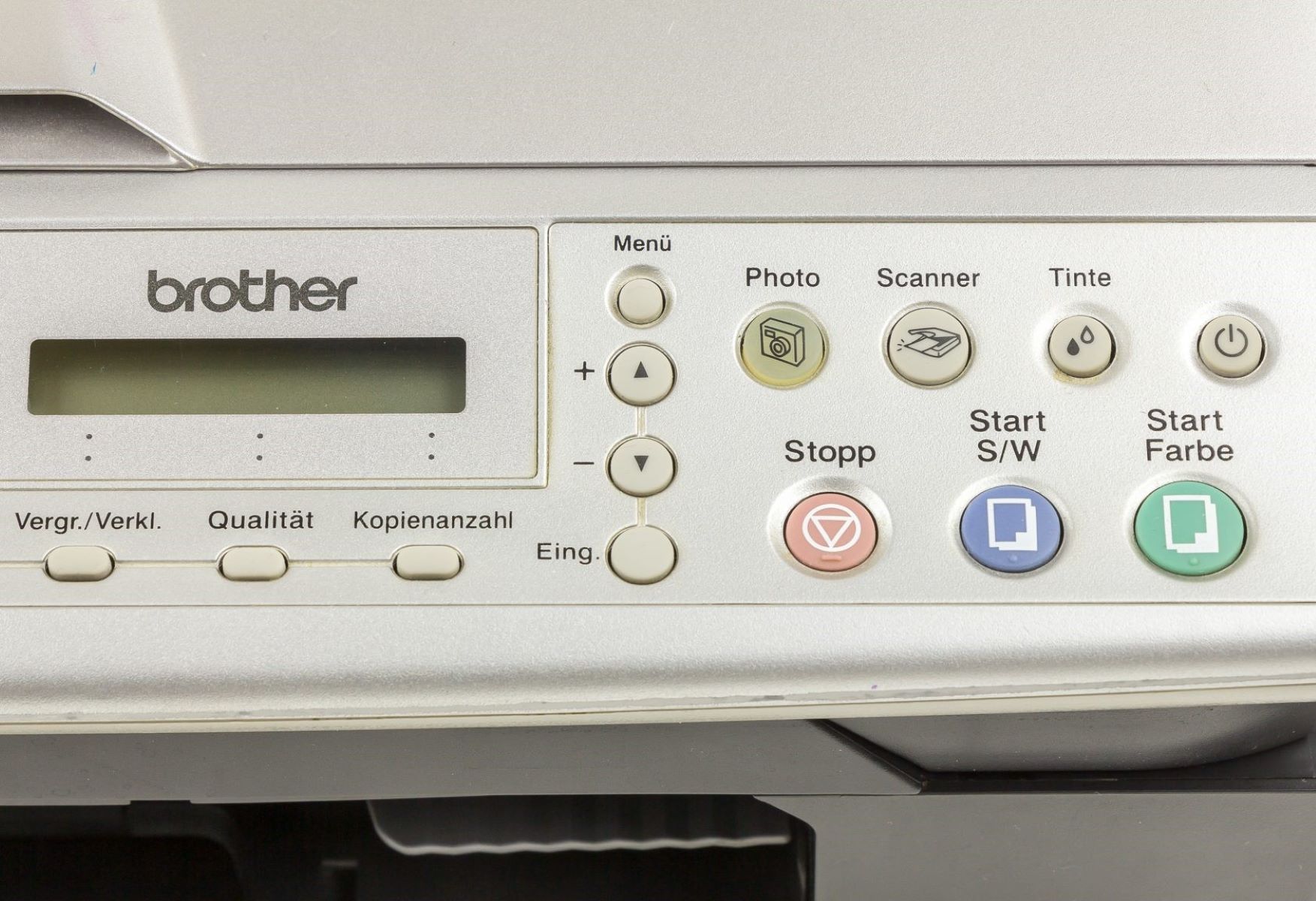
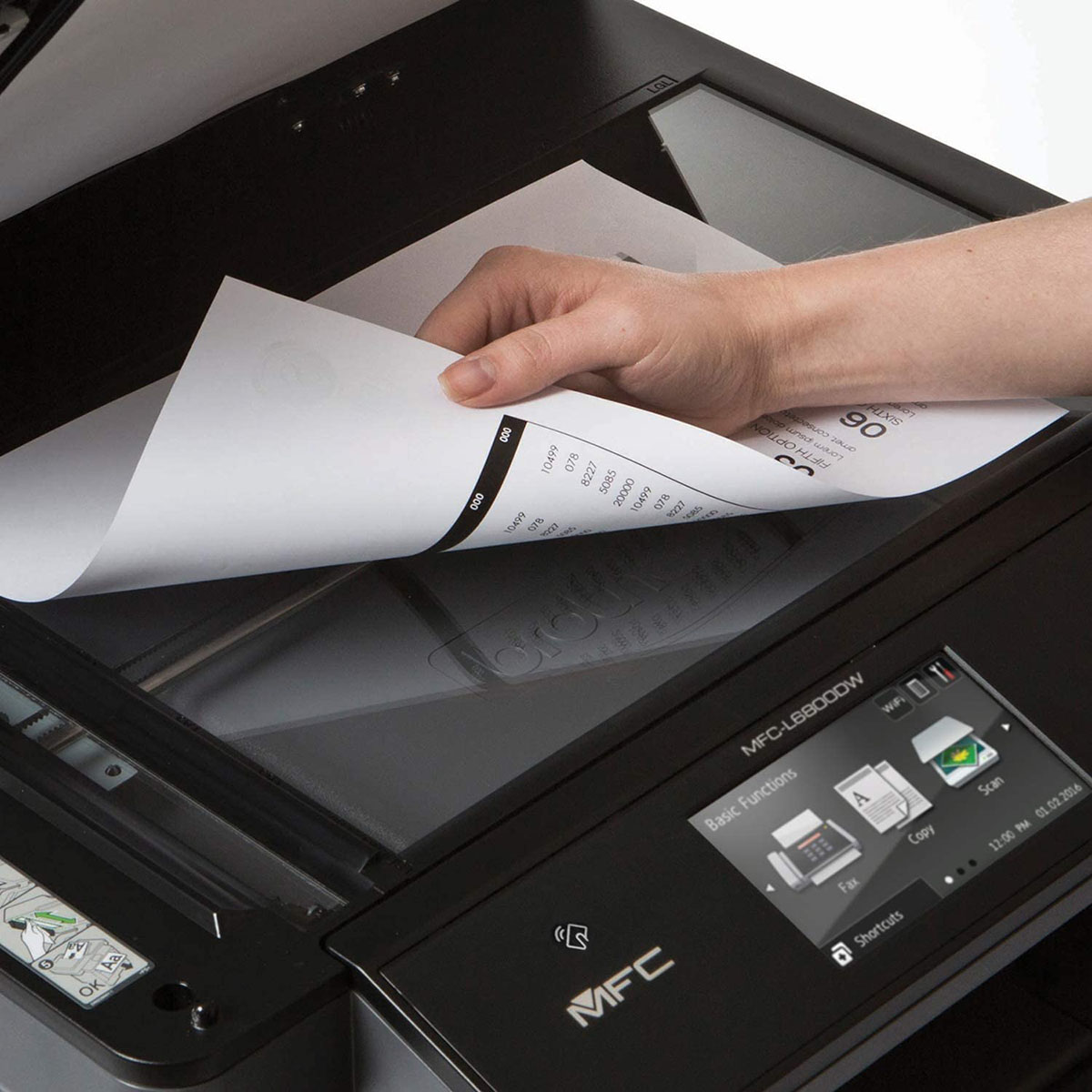
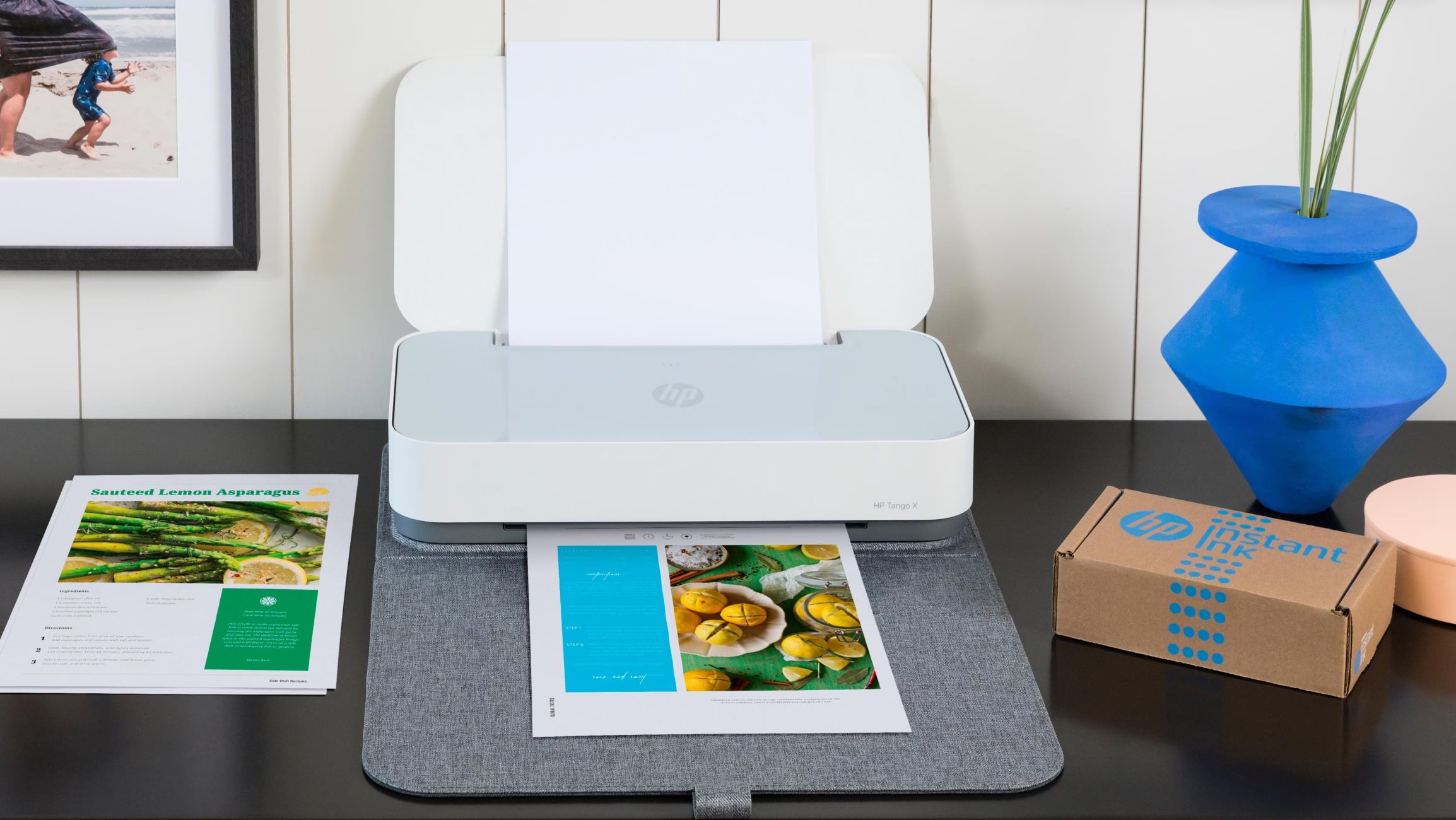
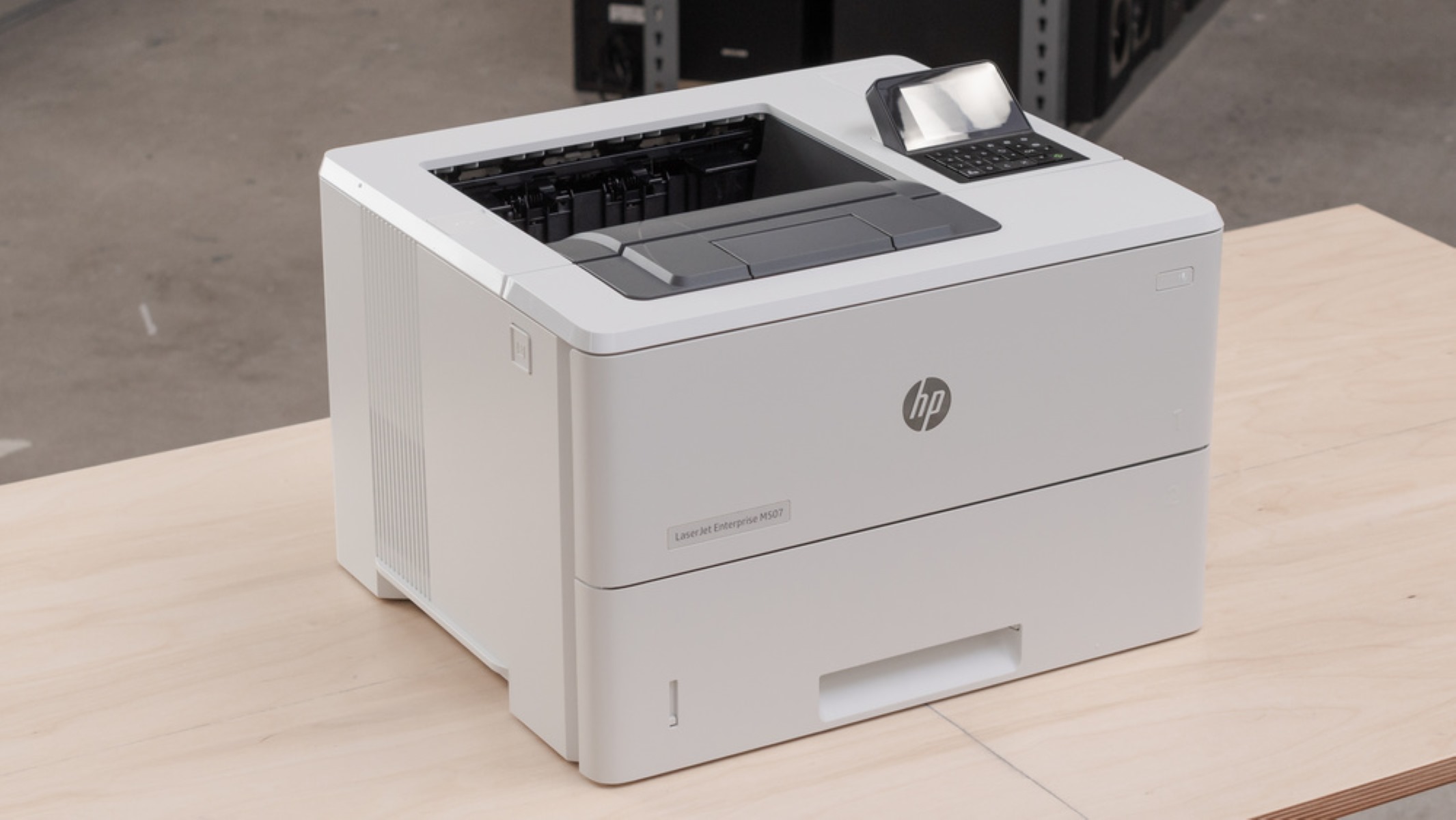
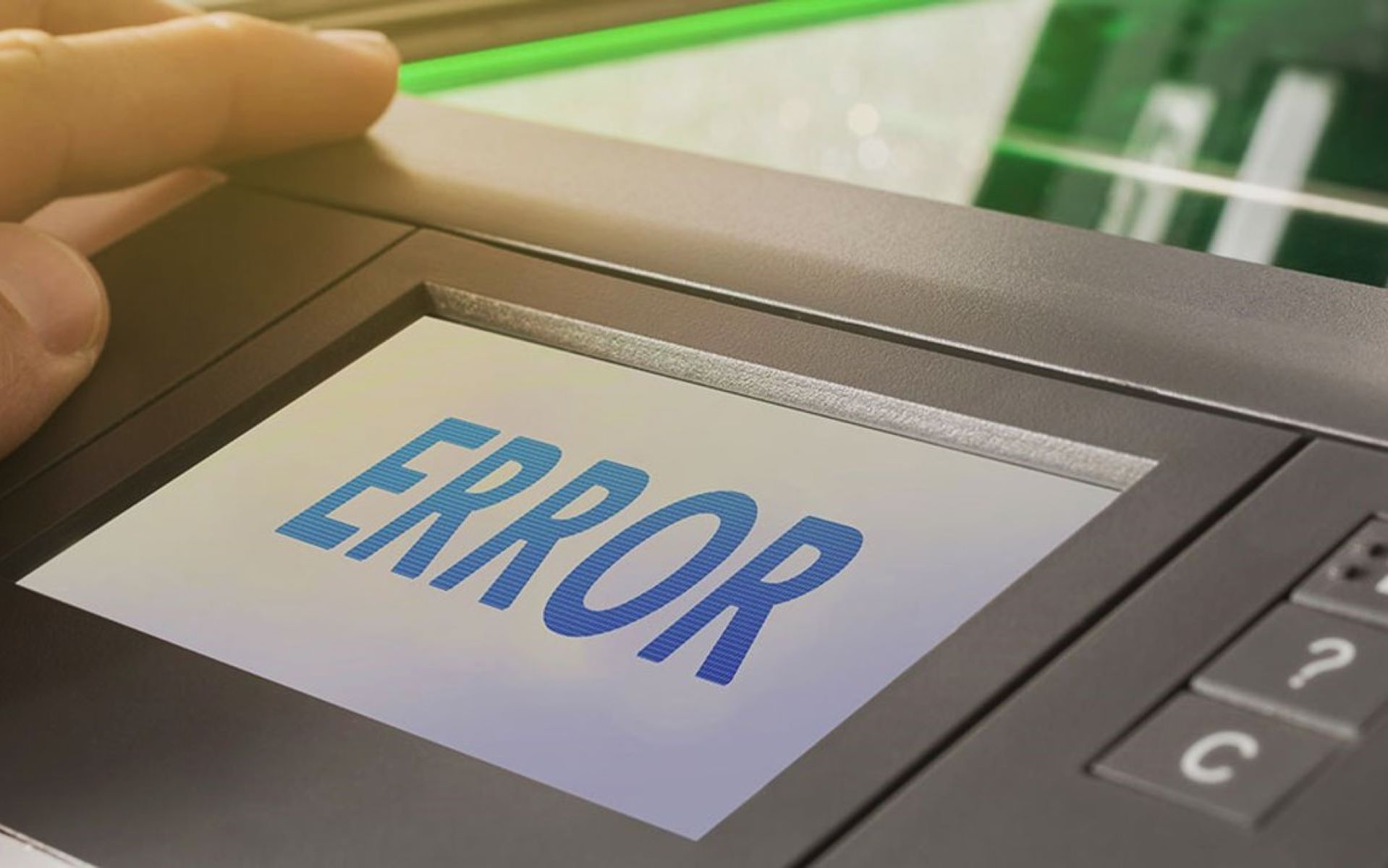

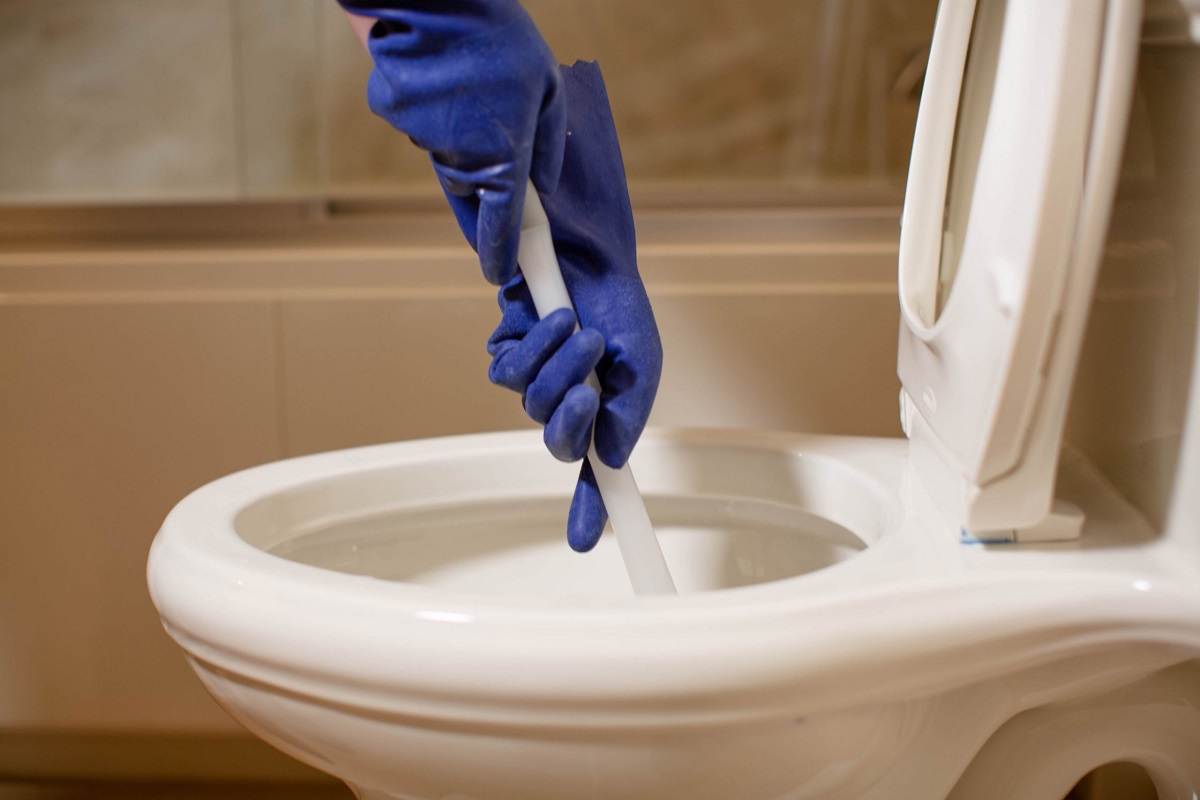


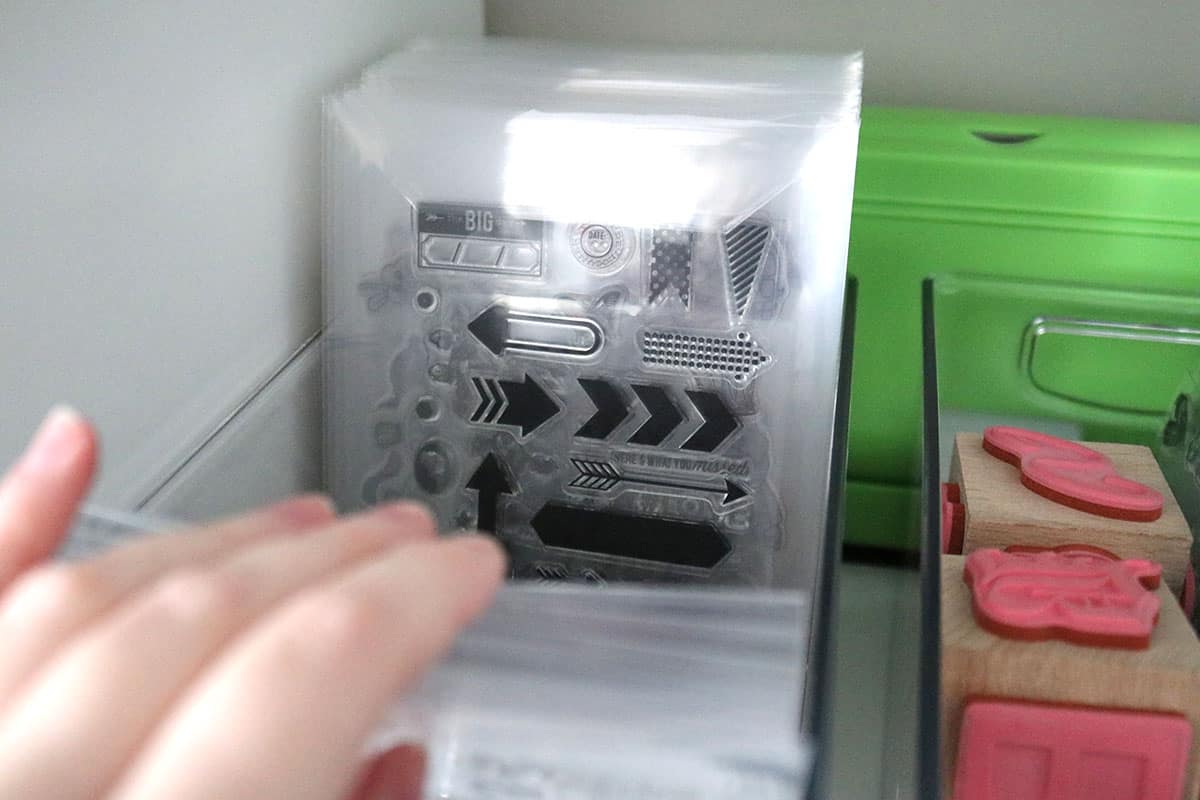




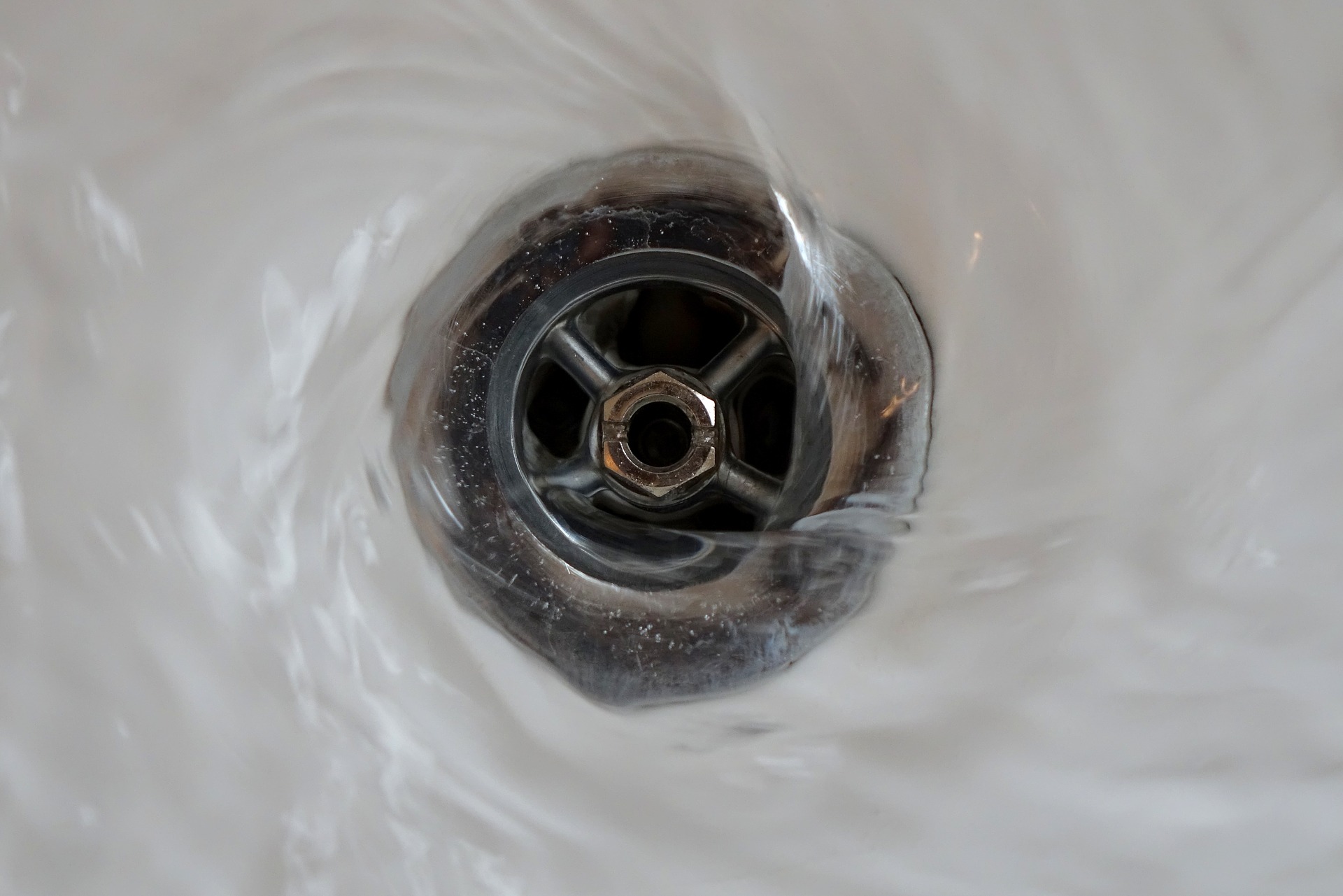

0 thoughts on “How To Clear Printer Memory”